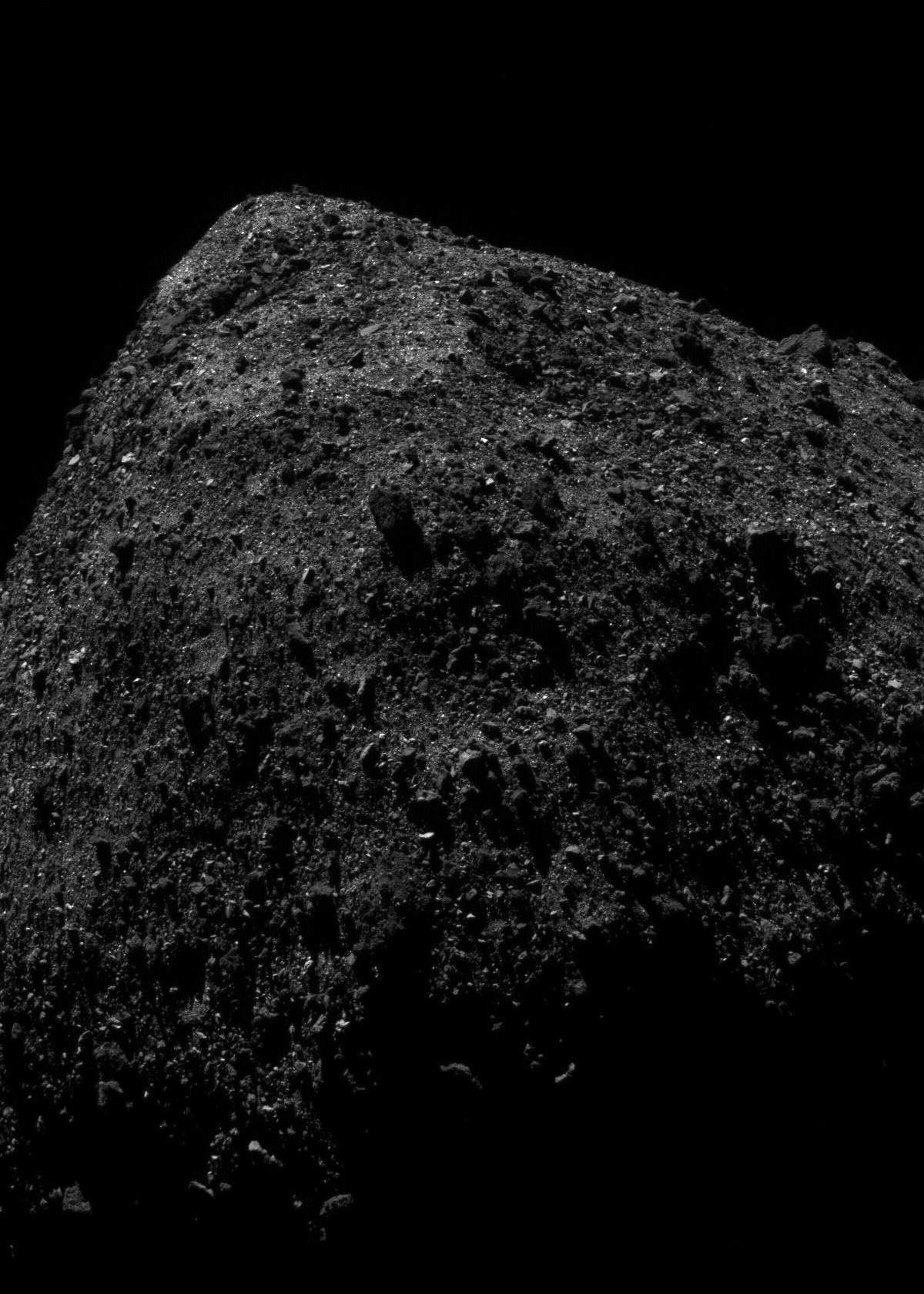DNA bases found on Bennu
 Scientists analysing samples from asteroid Bennu have identified organic molecules, DNA and RNA bases, and salts that provide insights into the history of our Solar System and the conditions that may have contributed to the emergence of life.
Scientists analysing samples from asteroid Bennu have identified organic molecules, DNA and RNA bases, and salts that provide insights into the history of our Solar System and the conditions that may have contributed to the emergence of life.
Two studies, conducted by international and Australian researchers, have examined samples collected by NASA’s OSIRIS-REx mission in 2018.
The first study identified thousands of organic molecular compounds, including 14 amino acids found in life on Earth and 19 non-protein amino acids that are rare or absent in known biology.
The samples also contained all five nucleobases essential for DNA and RNA.
Additionally, nitrogen and ammonia detected in Bennu’s material suggest that some of its components originated in the cold, outer regions of the Solar System billions of years ago.
The second study, involving researchers from Curtin University’s School of Earth and Planetary Sciences, focused on the salts found in the samples.
The team discovered sodium carbonates, phosphates, sulphates, and chlorides, suggesting the presence of water on Bennu’s ancient parent body.
“We were surprised to identify the mineral halite, which is sodium chloride - exactly the same salt that you might put on your chips,” says Associate Professor Nick Timms.
According to the research team, the presence of these evaporite minerals indicates that brines once existed on Bennu’s parent body, forming through a process similar to the evaporation of salt lakes on Earth. Such environments on Earth have been associated with the formation of organic molecules.
“A briny, carbon-rich environment on Bennu’s parent body was probably suitable for assembling the building blocks of life,” Timms said.
NASA selected Curtin University to assist in analysing the samples due to its expertise and advanced facilities at the John de Laeter Centre.
The findings contribute to understanding how organic molecules and water may have combined in early planetary systems.
Researchers believe Bennu’s parent body may have formed in the outer Solar System before migrating inward. Insights from these studies may also help scientists investigate whether similar processes occur on icy worlds such as Saturn’s moon Enceladus and the dwarf planet Ceres.
Associate Professor Timms noted the broader implications of the research, asking; “Even though asteroid Bennu has no life, the question is could other icy bodies harbour life?”








 Print
Print